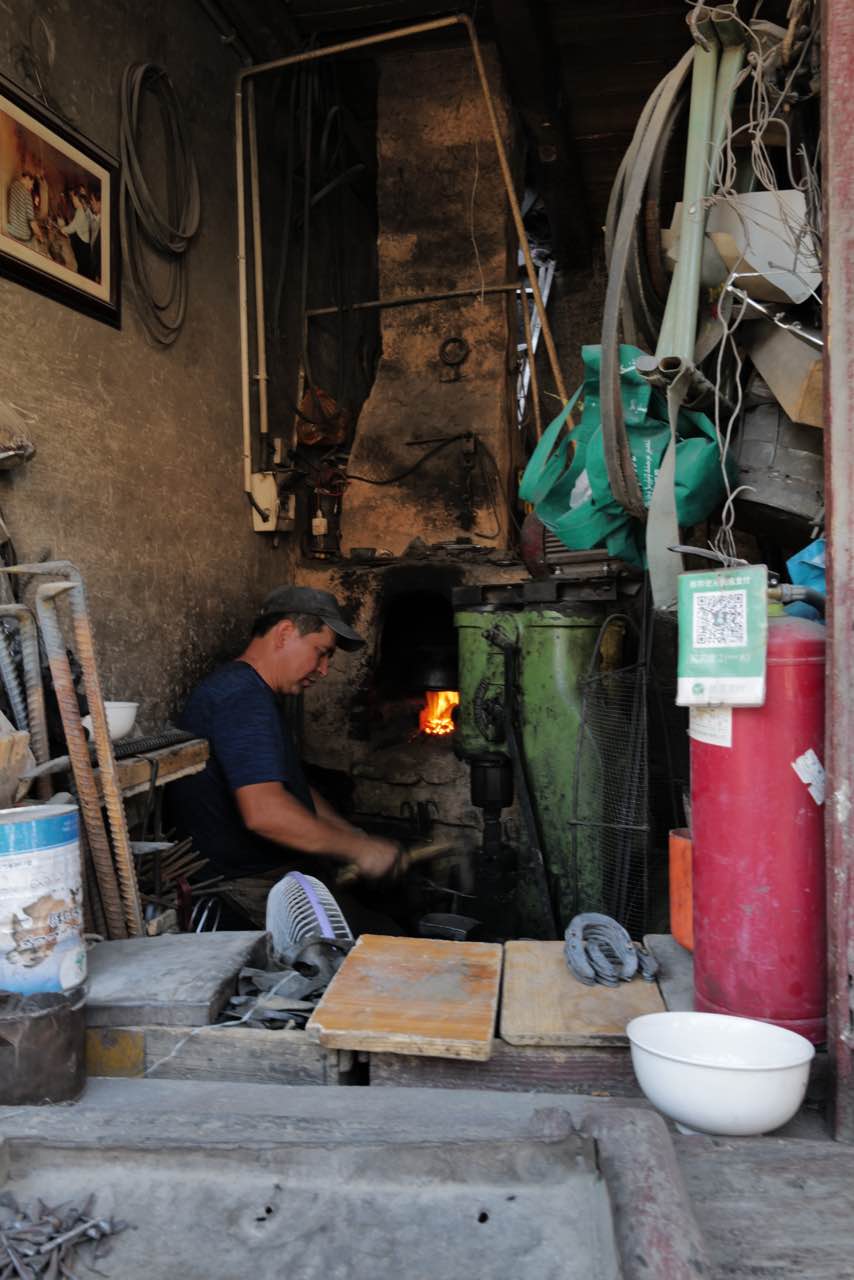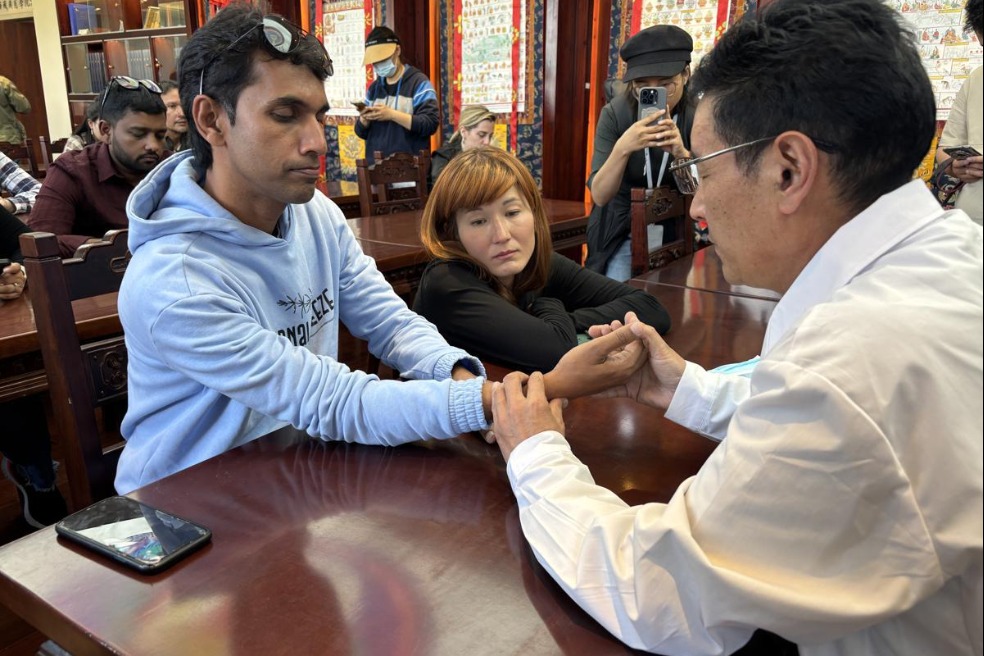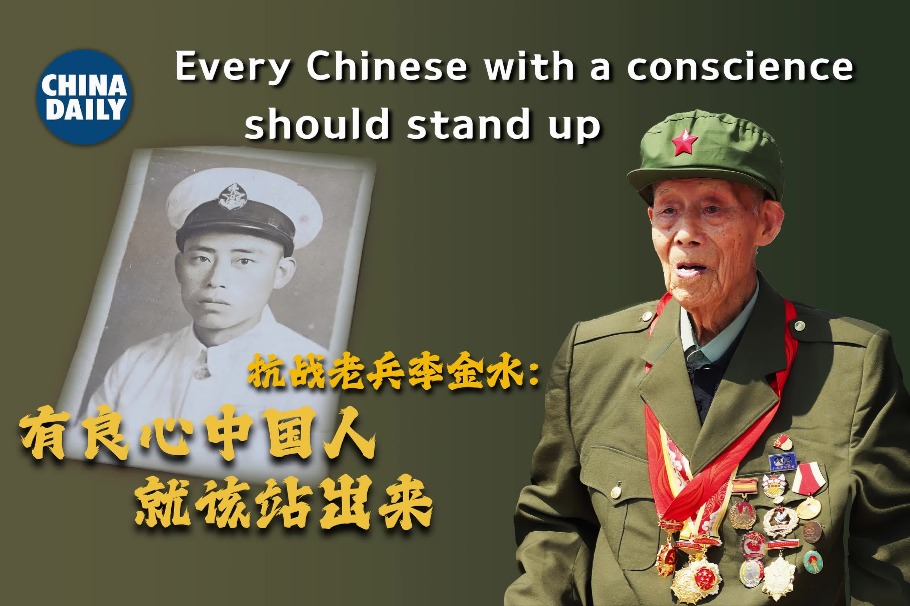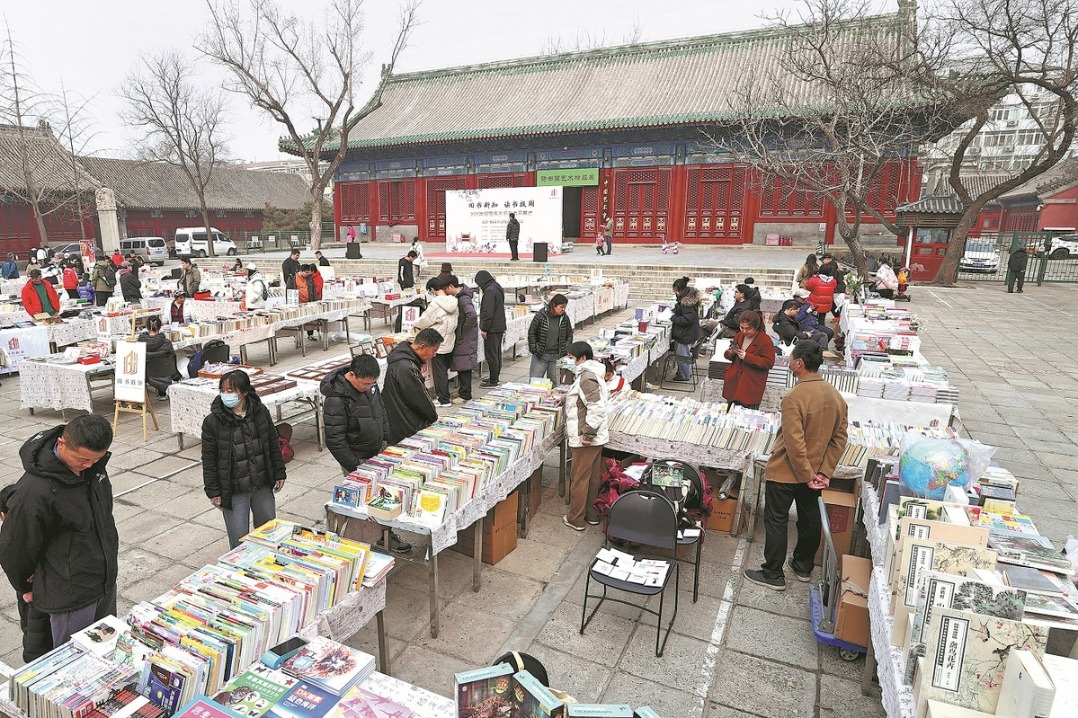A cultural canvas at the western frontier of the ancient Silk Road


Later that day, while attending the second Kashi Cup, a soccer tournament held on the outskirts of Kashgar, with teams hailing from all five countries of Central Asia, as well as those from Xinjiang and elsewhere in China, I was approached out of the blue by a young man.
Irfan, who’s sparkling cobalt eyes immediately struck me as I began to place where he was from, spoke to me in fluent English without a hint of an accent.
He told me he’d learned English while watching British and American TV shows, and was participating in the tournament as a referee. He was extremely friendly, charming, knowledgeable and keenly interested in me and my culture.
Taken aback by his appearance and linguistic ability, I foolishly asked him where he was from. He looked a little puzzled before replying, Xinjiang, of course. He said to me he was a member of the Kazakh ethnic group and went on to tell me about his hometown in the region’s northern Ili Kazakh autonomous prefecture.
Of course, I apologized profusely for my faux pas not realizing he was from China, but he put my feelings at ease. He said in his fluent English, that’s okay, we have all sorts around here, and then reeled off a vast list of ethnic groups too fast for me catch.
I asked if he was refereeing the match earlier between a team from Tajikistan and a team from Xinjiang. Yes, he said with an awkward grin. “We didn’t do too well, the Tajik team won 9-0!”
























